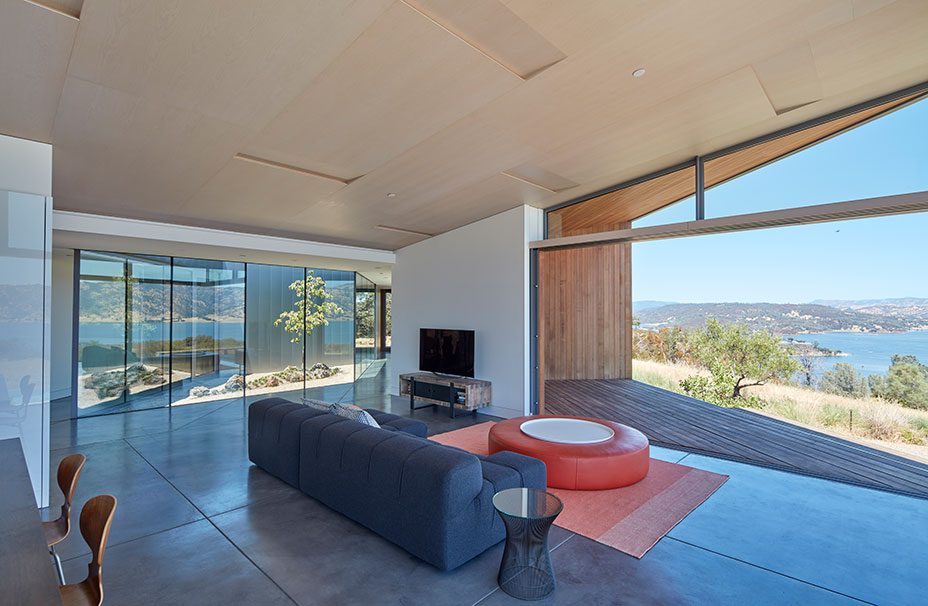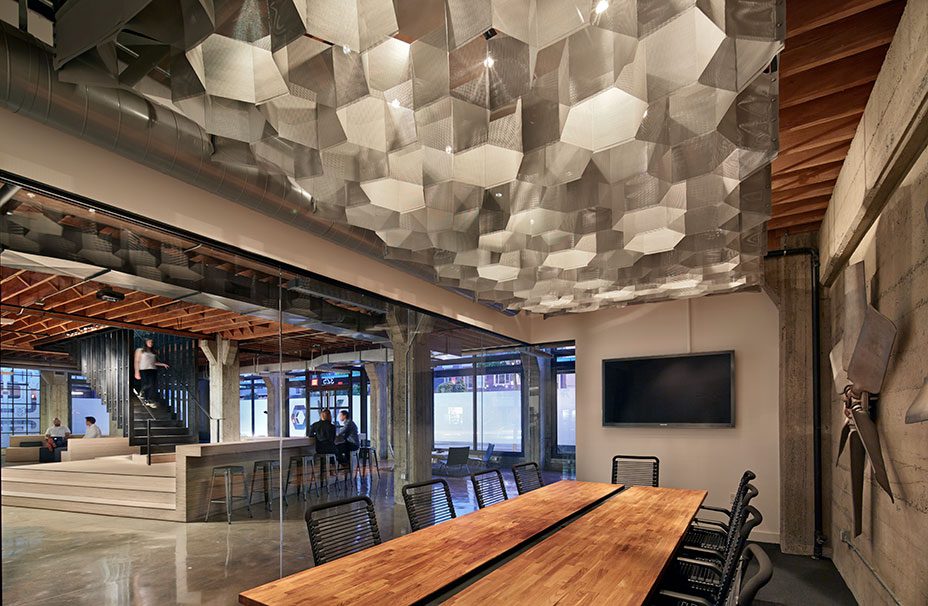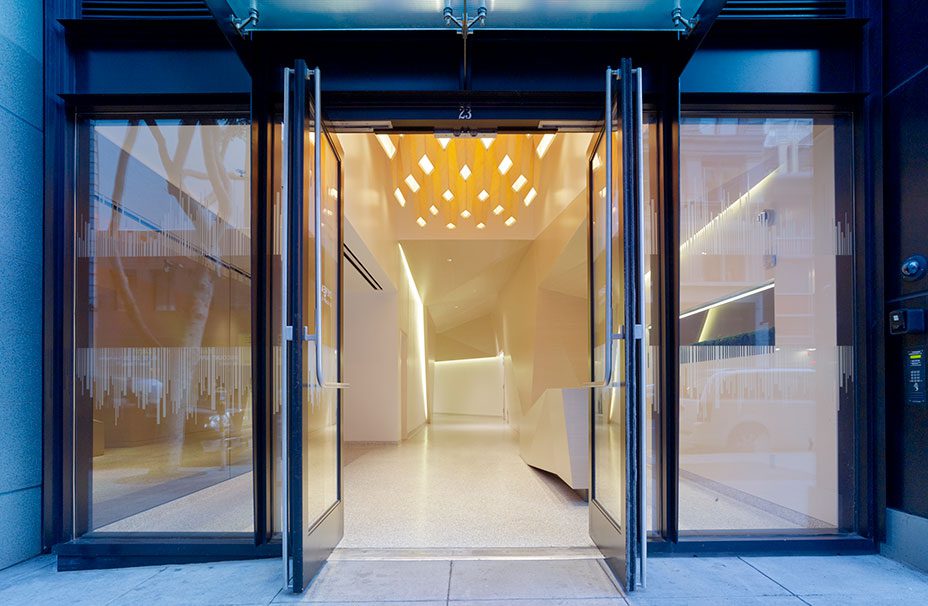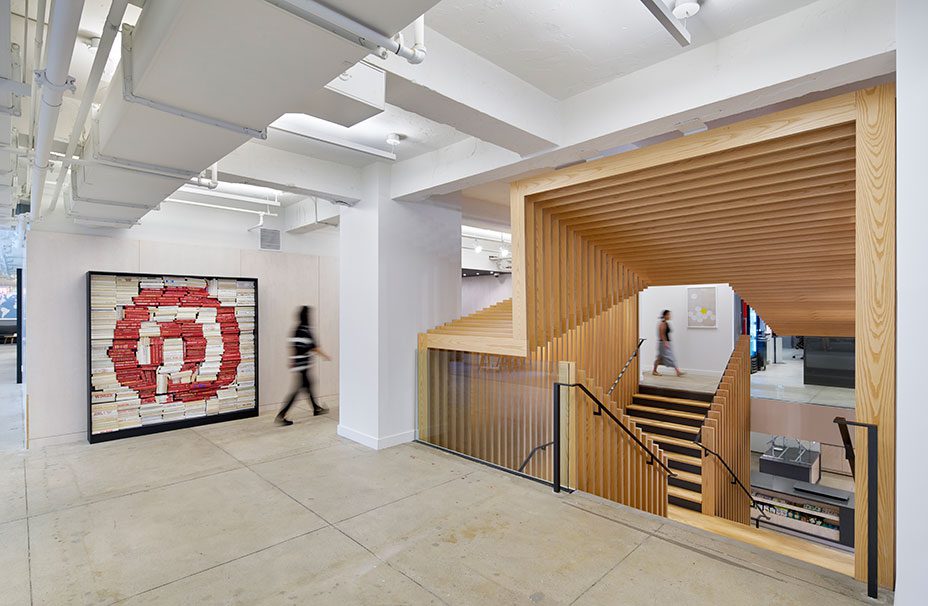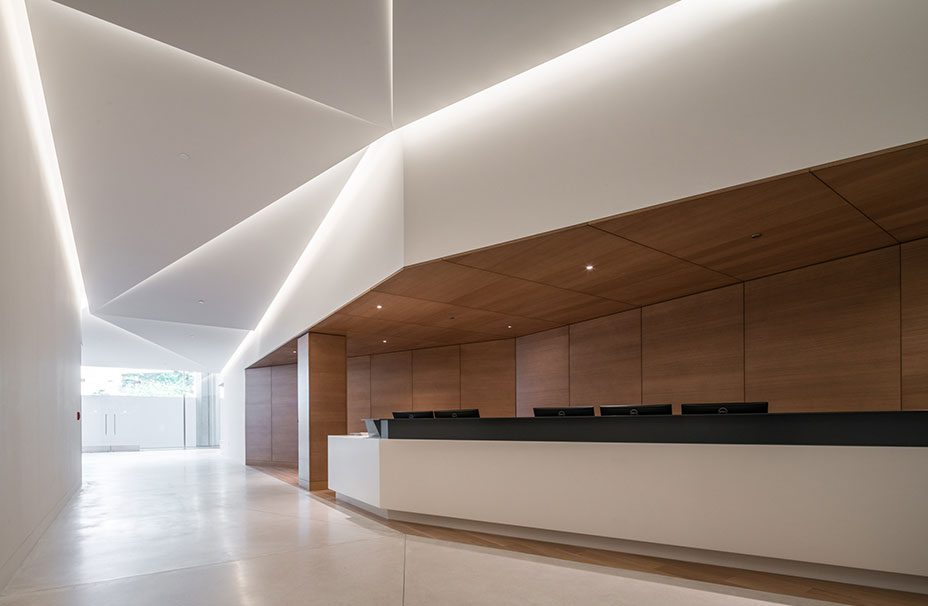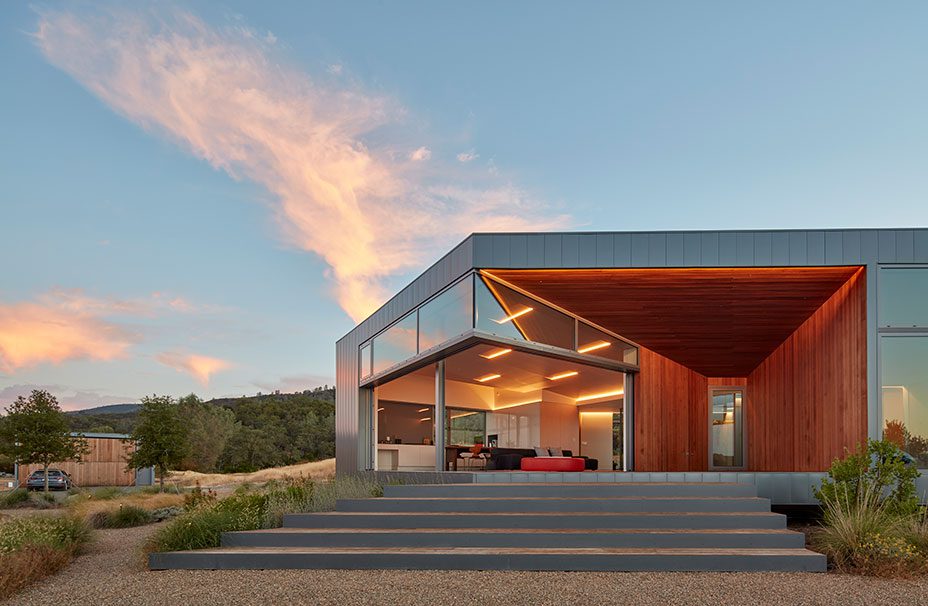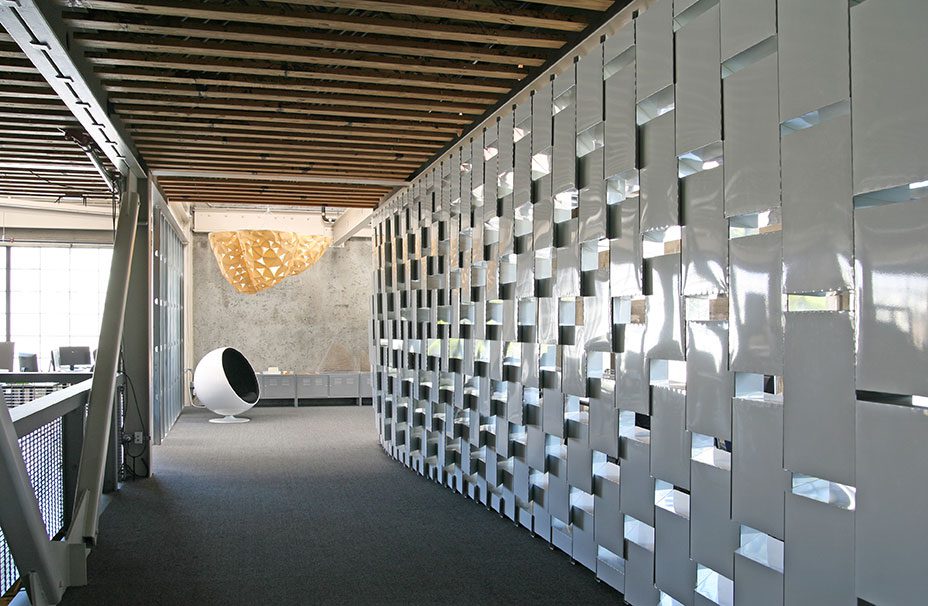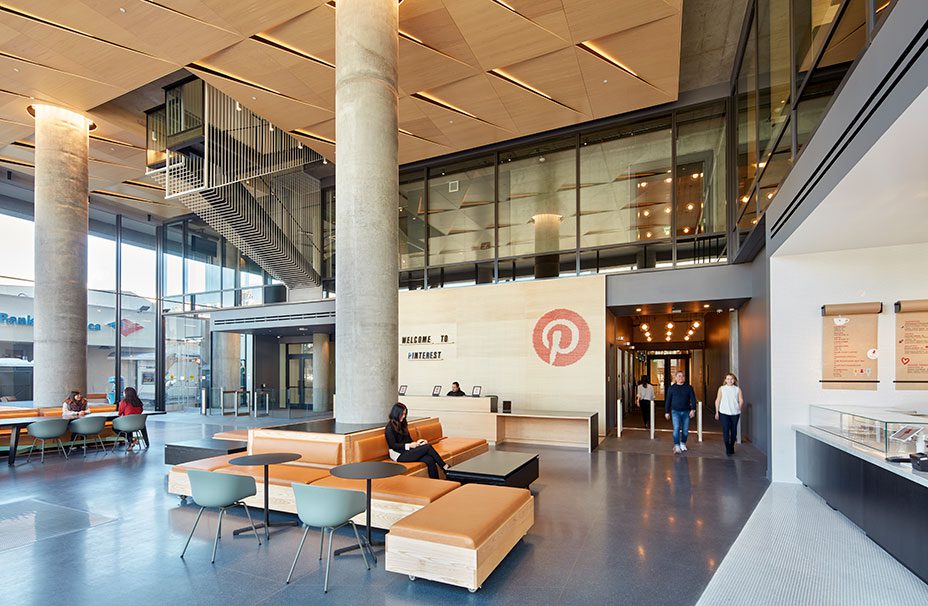IWAMOTOSCOTT is an award winning and internationally recognized architecture practice established in San Francisco by Lisa Iwamoto and Craig Scott in 2002.
Over the past sixteen years, they have honed their prowess, keeping them on the forefront of innovation. They have utilized this experience to contribute fresh ideas for the benefit their clients – whether the project is a piece of furniture, house, tech office, mixed-use building, or speculative vision for the future of the city.
We sat down with Lisa and Craig to discuss their process, what drew them to San Francisco and how their academic backgrounds influence their work.
Can you tell us how IwamotoScott was conceived?
IwamotoScott was conceived initially as an academic practice. It was highly conceptual and driven by our teaching and research interests. We are both professors, so it was a natural outcome of our academic careers. We began by doing design competitions, and small one-to-one scale installations.
What word would you use to describe your aesthetic, and how is it integrated into your projects?
Geometric, spatial and tactile. There is something we talk about to our students which is the presence of absence. In other words, making space not as a residual surround, but as a cohesive entity. We think about this all the time in our work. This can mean creating a defined exterior space through the form and placement of buildings, making an implied interior volume to inhabit, or articulating one space from another through material. One area we’ve been able to integrate it consistently is through vertical circulation – stairs. We see these as whole volumes of space that interconnect levels, bring together people, and sometimes even self-intersect to form a double negative!
Can you explain your process when beginning a new project?
It’s very much like design studio in school. We start by having our talented employees generate a bunch of ideas together with us, and them discuss them. The strong ones stay, the bad ones go. One thing that’s important to us is to not have the schedule affect the outcome too much. We will continue designing until it’s right even if it means more work for us down the road.
What would you consider to be the biggest change in the field of architecture and design since you opened your firm?
The adoption of CNC (computational) processes, and the wider acceptance of trying something new. We like to work with constraints, but we also want to innovate, and we need the construction field to want to also. We’re thankful that even in the last 10 years, this seems to really have shifted.
Have there been any notable influences on your career?
Many. But it’s less about a pivotal moment, and more about small sequences of events and avenues of work that have shaped our practice organically. A number of influences have arisen through the conceptual territories of project types we’ve been fortunate to explore iteratively over our career — whether they be projects investigating the potentials of digital craft, projects of architecture speculatively conceived for an unknown future, projects pursuing innovation in the new workspace, projects strategically adapting and repurposing older buildings, projects of the artfully considered single family house and multifamily housing, or urban development projects aiming to be both contextual and forward looking at the same time.
Also, because we teach, we are constantly surrounded by super creative and smart students and teachers who inspire us, and prevent us from staying in one place mentally too long.
How did you end up in San Francisco and what do you think its effects have been on your work?
We ended up here for personal reasons, to take care of some family, and for Lisa’s position at Berkeley. While we love San Francisco, and wouldn’t change our decision to be here, we feel the general attitude toward the built environment is somewhat conservative and at times limiting. The result is that it has pushed us into more interior architectural work. In that work, we’ve been lucky because we’re in the tech capital of the world where our clients tend to be truly forward thinking, and open to new ideas. Earlier in our career, we put substantial effort into the design of buildings for competitions and speculative proposals, in recent years we’ve been receiving more design commissions from clients for whole buildings – which has been fantastic, and an area of our practice we hope to grow.
If you were to give your younger selves advice in regards to a career in architecture, what would it be?
Take risks and worry less about the day to day. Be strategic by looking at the landscape of architecture as a whole, not just where you are or the type of work you do. Don’t do any work of which you’re not going to be proud. Luckily, we’ve been able to stick to that last piece of our own advice…




